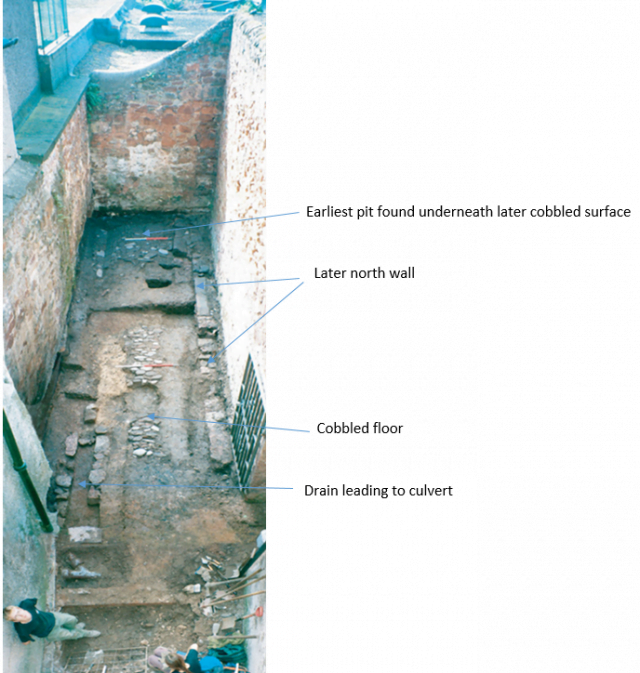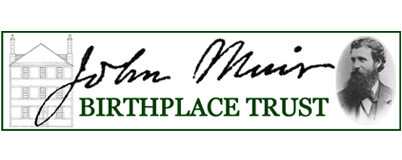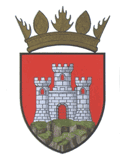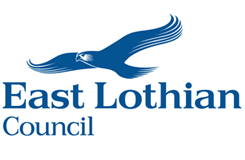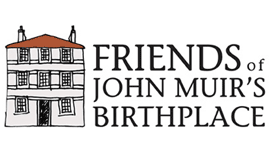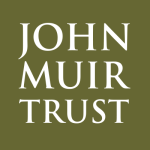Part 1 – Archaeology of the Site
We know a lot about John Muir’s life in Dunbar, but what about the house he lived in? We start with John Muir’s Birthplace itself.
The John Muir Birthplace Trust acquired the building in 1999, and in 2002 work began on what is now John Muir’s Birthplace as it is today.
However, the Muir family was not the first occupants of the plot. One of the first pieces of work undertaken on site was an archaeological investigation by Headland Archaeology Ltd in an area now covered by our exhibition gallery. The historically sensitive nature of Dunbar High Street means that archaeological investigation is required for any building work undertaken in the vicinity. Evidence from other sites along the High Street suggest that the ridge upon which the High Street is aligned has actually been occupied since the Iron Age (c 500BC).
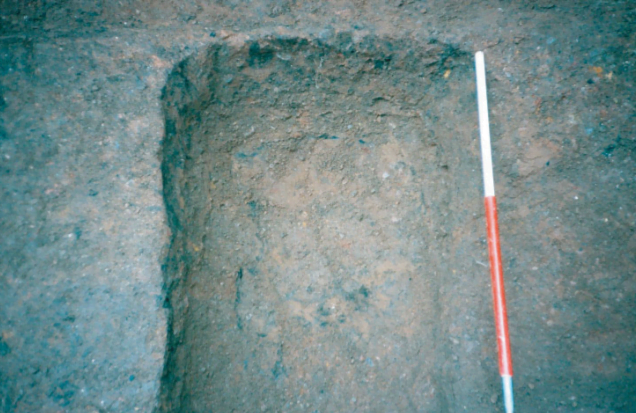 Archaeological investigations essentially work backwards so the latest activity is the first investigated and as this is peeled away earlier remains are uncovered. The earliest remains found on the site was a foundation pit.
Archaeological investigations essentially work backwards so the latest activity is the first investigated and as this is peeled away earlier remains are uncovered. The earliest remains found on the site was a foundation pit.
Pottery found in the pit dated to 1300s or 1400s confirming medieval use of the site. The most likely use for the pit would be supporting foundations for some kind of partition wall. It is likely that this building was standing and in use at approximately the same time as the Battle of Dunbar I (1296) as the pottery would have gone into the pit during the building’s demolition.
Above the pit was a thin covering of clay indicative of a building made of earth, clay or turf. Given the 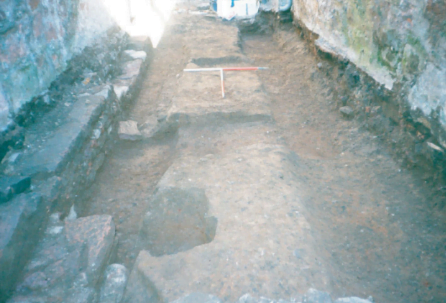 location this would most likely be a small industrial structure behind a frontage building.
location this would most likely be a small industrial structure behind a frontage building.
The latest remains were of a cobbled floor, which has been remodelled at least once before the end of the 1500s. A drain cut through the cobbling was visible along the southern part of the site. Again these remains suggest that the backlands area was a working area with small, possibly temporary structures, working surfaces and rudimentary services.
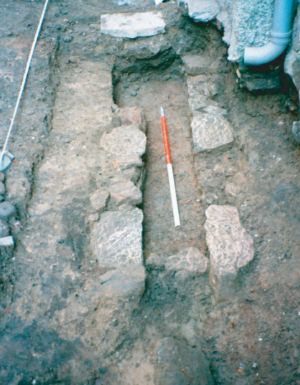
Also uncovered was a substantial wall dating to post 1600s which itself was later replaced by structures which lie under the current building, which we know dates from the latter part of the 18th century.
Although the most famous inhabitants of 126 – 128 High Street were the Muir family the site of this building has been occupied since at least the 1300’s. We are all familiar with John Muir’s story, but the building in which he was born has just as interesting a story.
© Headland Archaeology
